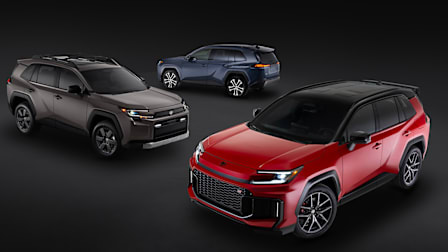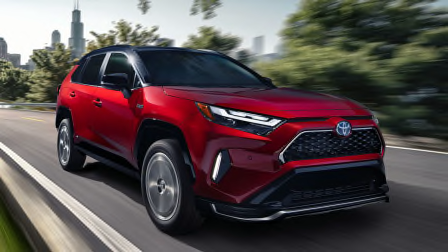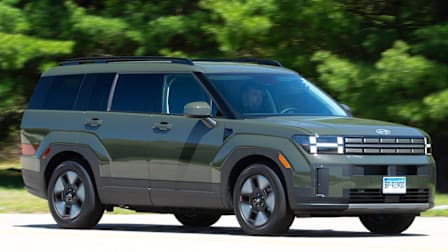Preview: 2026 Honda Prelude Promises to Be Fun and Fuel-Efficient
The revived sports coupe combines a fuel-efficient powertrain with sharp-handling chassis tech from the Type R
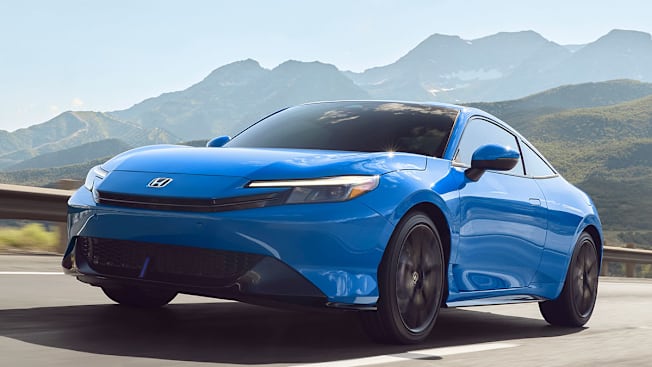
The Prelude got its start in the late 1970s by borrowing heavily from elsewhere in the Honda lineup, and its upcoming 2026 revival is no different. Whereas the original shared major components with the contemporary Accord, the 2026 Prelude takes some of the most compelling options from the present-day Civic and combines them into one sport compact coupe.
The new Prelude gets its drivetrain from the Civic Hybrid, pairing a 2.0-liter four-cylinder gasoline engine with a dual-motor hybrid system for a combined 200 hp and 232 lb.-ft. of torque. While this drivetrain uses one of its motors to drive the front wheels directly in place of a separate transmission, the other motor is tasked with charging the hybrid battery. The Prelude also features a special Honda S+ Shift system that allows drivers to shift through simulated gears if they so desire.
- Honda Prelude: CR's Take Outside Inside What Drives It Safety and Driver Assistance Systems
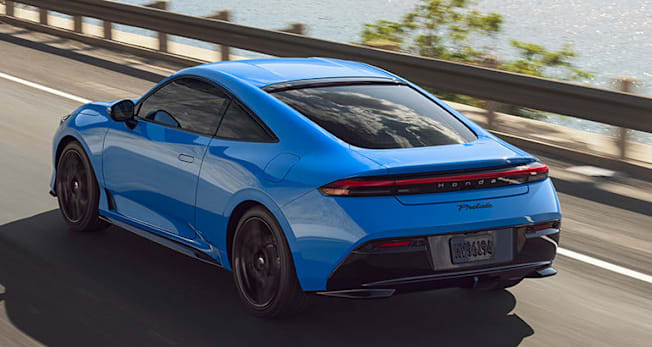
Photo: Honda Photo: Honda
CR’s Take
It’s hard not to be excited about the return of a vehicle this beloved by the Consumer Reports staff. Throughout its five prior generations, the Prelude was a frequent recommendation from us, with a solid reputation for reliability.
While we previously tested it against dearly missed sport coupe contemporaries like the Toyota Celica and Mazda RX-7, it could also hold its own with cars that were considerably more expensive, like the Porsche 944. Honda also used this more upscale nameplate to debut new innovations, such as a moonroof, an antilock brake system, and four-wheel steering. (This latest version doesn’t have the latter, which is fine by us; we liked the handling of the standard Prelude enough back in 1988 that we recommended skipping that four-wheel-steering option, which behaved strangely at lower speeds.)
The same thing we said about the first-generation Prelude in June 1981 rings true about this latest version: “Although Honda makes it simple, it doesn’t make it spartan.” The new Prelude follows a similar formula of putting some upmarket options and a reasonably powerful drivetrain in a small coupe, so we have high hopes that it will deliver the same kind of easy, enjoyable driving experience that older Preludes were known for.
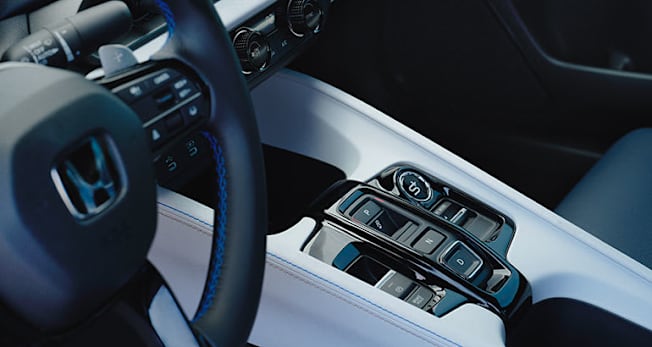
Photo: Honda Photo: Honda
It returns as somewhat of a rarity these days: a real, honest-to-goodness coupe with only two doors. The new Prelude will give buyers who don’t want four doors or a high seating position another option to consider, and at a more accessible price than many of the more track-focused and luxury coupes that have survived the market shift to SUVs. That alone is worth celebrating on principle. Honda even brags that a new Prelude costs nearly $2,000 less than it did in 2001 when that 2001 price is adjusted for inflation.
It’s also good to see that the Prelude’s handling was a priority for Honda: The company borrowed some of the best components from the high-performance Civic Type R and reworked them for the new coupe. That was historically one of the Prelude’s strong points, as we noted in September 1984, “One couldn’t ask for a more pleasant-handling, more responsive car than the Prelude.”
Overall, it’s nice to see a number of parts shared between the Civic sedan lineup and the Prelude. While that does make it tempting to deem this a “Civic coupe,” it also makes it more likely that Honda will keep building one of the few coupes offered in the North American market. It doesn’t hurt that the Civic is a historically reliable vehicle in CR’s surveys, either.
Outside
There’s no mistaking the Prelude as anything other than a sport compact coupe, with its aggressive front-end design, flared fenders, black chrome grille louvers, and black 19-inch alloy wheels. A full-width taillight bar further emphasizes the Prelude’s low, wide stance. The Prelude even gets its own shade of blue for accents, including on its brake calipers and badging.
While much of the Prelude hails from the Honda parts bin, the automaker seems to have cribbed Toyota’s notes on the Prius’s front lighting. Still, the look fits on this sleek, modern coupe. A large front under-spoiler and a flat rear spoiler on the liftgate help provide some downforce to keep the Prelude planted on the road. It uses flush door handles and an antenna embedded into the rear liftback glass to further reduce any aerodynamic drag that might slow it down or hurt fuel economy. As with any good throwback sport compact, a black decklid spoiler, front underbody spoilers, and blacked-out accents are among the optional upgrades.
It is essentially the heir to the long-retired Civic and Accord coupes. It measures 178.4 inches, making it almost five inches shorter than the current Civic sedan. Its wheelbase is 102.6 inches, about 5.5 inches shorter than the sedan—which may aid handling and compromise rear seat space.
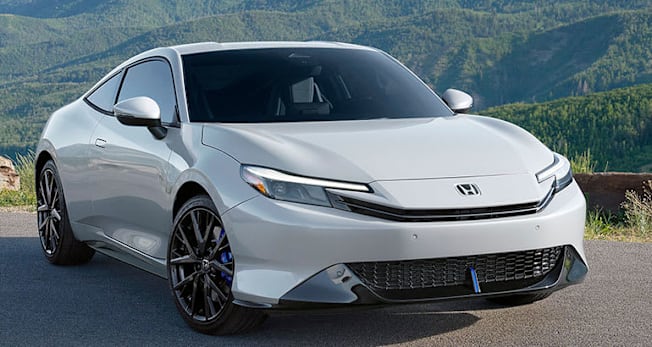
Photo: Honda Photo: Honda
Inside
The new Prelude comes in only one trim level, but that one trim level includes a lot of premium features. In front are leather-trimmed, heated sport bucket seats that feature a perforated houndstooth pattern and contrasting blue stitching to match the Prelude’s other blue accents. Interestingly, the driver’s seat is more aggressively bolstered than the passenger’s seat to better hold the driver in place during hard cornering maneuvers. The steering wheel is also trimmed in leather and features blue stitching and a set of alloy shift paddles for the new Honda S+ Shift system.
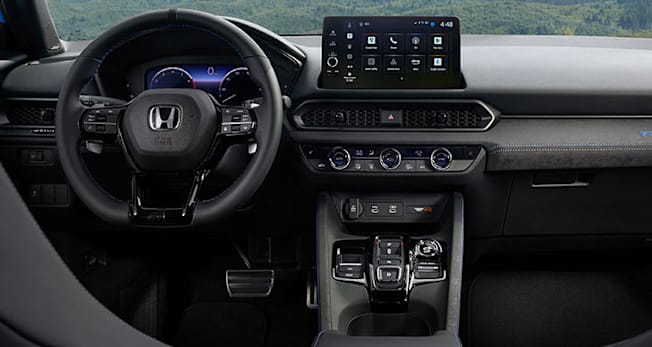
Photo: Honda Photo: Honda
Like previous Preludes, this one is a 2+2 coupe, although Honda claims that rear passengers get 32 inches of legroom. Compared with the Civic sedan’s 37 inches, that still seems pretty tight. We’ll have to wait to test the vehicle to see whether there’s enough headroom for someone with legs that long, though, or to see how much of those 32 inches can be taken up by a tall front passenger setting the seat farther back. Most prior Prelude rear seats have been somewhat vestigial, suitable only for small children or cargo. The rear bench seat can be dropped in a 60/40 split to haul larger items.
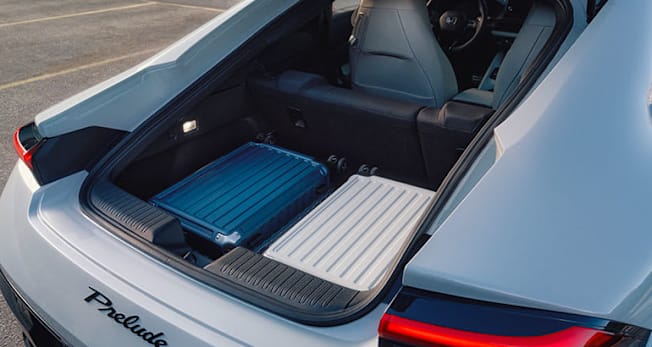
Photo: Honda Photo: Honda
Thankfully, many of the car’s most-touched settings have their own dedicated physical controls, including a volume knob for the stereo and a row of straightforward buttons and knobs for the climate controls. The center 9-inch infotainment screen is relatively small compared with some of the panoramic views offered by other automakers, but it is a high-definition unit with the latest Google built-in technology, including a Google voice assistant, Google Maps, and downloadable apps through the Google Play store. Wireless Android Auto and Apple CarPlay connectivity come standard.
Other standard features include a 10.2-inch digital driver’s instrument screen, an eight-speaker Bose audio system, a wireless phone charger, and a WiFi hot spot. A three-year data plan is included with the car.
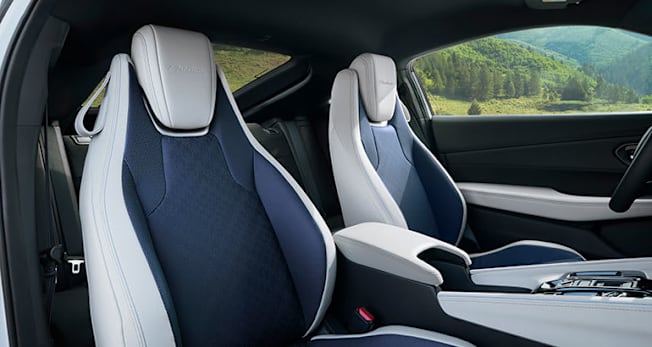
Photo: Honda Photo: Honda
What Drives It
Like many other Honda hybrids, the Prelude’s drivetrain is fairly unique because there is no real transmission. The Prelude pairs a 2.0-liter, four-cylinder Atkinson-cycle gasoline engine with a dual-motor hybrid system. One motor serves as a generator to feed the battery more energy, and the other motor is dedicated to propulsion. That propulsion motor takes the place of a traditional transmission because it directly powers the Prelude’s front wheels.
It’s a drivetrain plucked from the Civic Hybrid, which is the second-most-powerful version of the Civic on sale after the high-performance Type R. Both the Civic Hybrid and Civic Si make 200 hp, but the hybrid packs a more impressive 232 lb.-ft. of torque—40 lb.-ft. more than the Si. If you’ve turned away from Hondas due to a lack of low-end grunt from its infamous VTEC engines, perhaps you should consider one of Honda’s hybrids, where electric-motor power delivery ensures that there’s plenty of immediate torque to get up to speed relatively quickly.
The Prelude coupe gets a party piece that the Civic Hybrid doesn’t, though: a new Honda S+ Shift system, which simulates shifts for drivers who still want the sensation of flipping through the gears using the car’s wheel-mounted paddle shifters. In S+ mode, the car turns up the engine sounds and imitates the sensation of rev-matched downshifts. We’ll have to see whether that actually makes a difference in performance or is mainly a fun gimmick.
The Prelude looks fun and frugal. It uses regular gas and is EPA-rated for 44 mpg combined, which is 46 mpg city and 41 mpg highway. In contrast, the roomier Civic Si is EPA-rated at 31 mpg combined and requires premium gas.
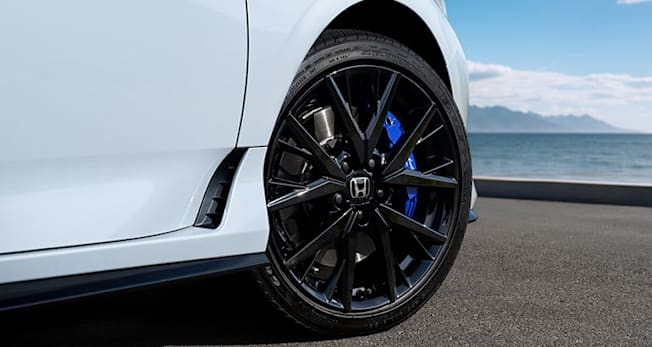
Photo: Honda Photo: Honda
Drivers can also choose between Comfort, GT, Sport, and Individual modes, which tweak various settings (such as suspension damping, steering response, gauge cluster layout, and powertrain response) for different driving environments.
The Prelude shares much of its chassis tech with the current Civic Type R, including its wide front and rear tracks, a front strut suspension designed to minimize torque steer (that sensation of the car pulling you in one direction when you feed in too much power for the front tires to handle), and adaptive dampers. The Prelude also gets the Type R’s four-piston Brembo front brake calipers, which are finished in a special shade of blue, as well as the same rear brakes as the Type R. Extra grippy high-performance summer tires are also available as an option.
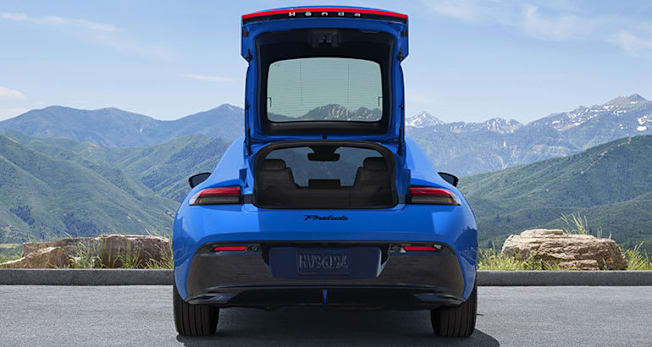
Photo: Honda Photo: Honda
Active Safety and Driver Assistance
The Prelude comes standard with the full Honda Sensing suite of advanced driver assistance features, which includes adaptive cruise control, automatic emergency braking with pedestrian detection, blind spot warning, rear cross traffic warning, lane centering assistance, lane departure warning, lane keeping assistance, adaptive cruise control, automatic high beams, and traffic sign recognition. Additionally, the new Prelude comes equipped with a post-collision braking system, which applies the brakes to slow the car after a crash to lessen any potential other collisions that may follow.
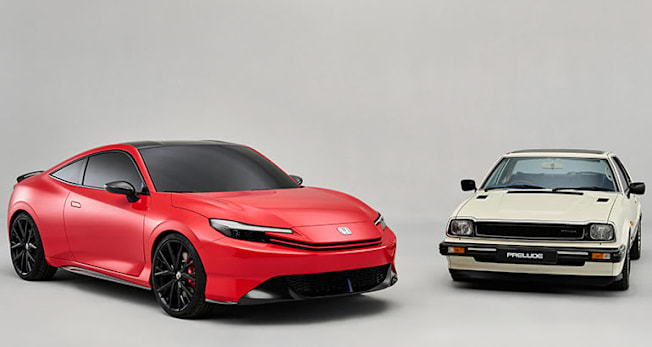
Photo: Honda Photo: Honda


















